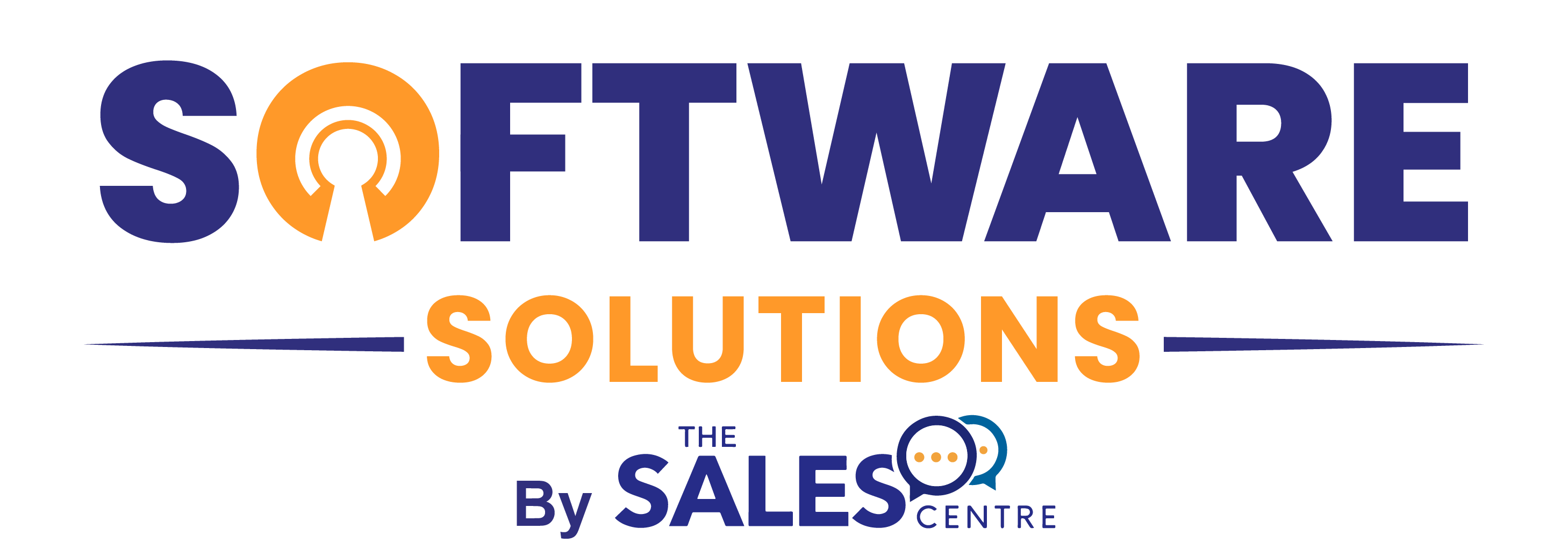
Research Company Uses OpenLM to Manage their GPU Licenses
Organizations that heavily rely on artificial intelligence for predictive analytics and machine learning now require high-performance computing that surpasses the capabilities of even the most powerful CPUs. As a result, there’s a growing trend of using graphics processing units (GPUs) instead of CPUs.

About the Customer
They are a leading German research and development organization that uses mathematics to develop new and optimized processes across various fields, from production to communications. By simulating real-world problems, they replace traditional trial-and-error methods with virtual solutions tailored to diverse industries, including automotive and banking.
- Industry: Research and Development
- Company Size: 150 employees
- Location: Germany
- Products: Research & Development
With a workforce of over 25,000, primarily scientists and engineers, spread across more than 70 institutes and research units, the company serves a wide range of clients, from small and medium enterprises to major corporations like Daimler AG, helping them innovate and optimize their products.
Original Purchase of OpenLM
Several years ago, the company implemented OpenLM to enhance oversight of their specialized software. They managed software from over 20 vendors across more than 30 license servers, serving approximately 150 users. Before adopting OpenLM, data extraction from log files and manual spreadsheet manipulation were both time-consuming and labor-intensive.
Their internal customers had specific requirements, including:
- Monitoring the usage of specific software features and understanding their extent.
- Analyzing mean and peak usage over defined time periods.
- Identifying the prevalence and causes of license denials.
- Providing financial managers with an annual breakdown of usage by cost center, along with demand fluctuations.
- Offering end users a consolidated view of installed and licensed software, rather than relying on each vendor’s proprietary license management tools.
OpenLM successfully met all these needs, offering visibility and control over major software applications through a single license manager. The system now supports 200 end users, reflecting a consistent annual growth rate of 10%. Installation was straightforward, requiring just one day of on-site support from Secoptena, followed by a few additional hours of remote assistance.
Additionally, they acquired several advanced features, including:
- OpenLM Advanced Alerts
- OpenLM Role-Based Security
- OpenLM External DB Support
- OpenLM LDAP Groups Synchronization
- OpenLM Group Billing
These features have streamlined tasks like cost center chargeouts, making them simple and automated.
Integrating Nvidia Licenses into OpenLM
Nvidia provides a license manager to oversee GPU usage, but like most proprietary license management tools, it primarily monitors compliance from the vendor’s perspective. It lacks the detailed insights that license administrators need to effectively manage and control license usage. Using Nvidia’s license manager requires logging in each time to retrieve information, whereas most other software products on site are managed through a single tool: OpenLM.
Instead of reverting to manual procedures to manage the Nvidia license pool, the decision was made to ask OpenLM to integrate Nvidia license management. This integration allows all license management tasks to be handled through a single interface, automating compliance and optimization in the same format used for other specialized software managed via OpenLM.
At the annual user meeting in Mannheim in 2017, an opportunity arose when OpenLM’s CEO, Oren Gabay, invited the user group to suggest features for the wishlist. The attendees mentioned “Nvidia GRID licenses,” and within a few weeks, they were invited to a phone and web session to discuss their detailed requirements. Shortly after, a prototype was delivered and successfully tested on site.
This integration process was smooth, and the new enhancement allows for a better understanding of GPU capacity, aiding in decisions about future GPU purchases. Currently, the Nvidia servers are underutilized, but this is expected to change following upcoming hardware upgrades and the rollout of various clients.
Looking ahead, there are a few additional features that our customer would like to see. Since GPUs often perform background processing for extended periods, sometimes lasting hours or even days, they’ve requested a feature to upload and monitor progress, with the ability to adjust and restart jobs as needed. Additionally, they’d like the capability to roll back and track changes for a particular license, and a simulation feature to estimate whether new licenses are needed to avoid denials.
Conclusion
The customer is satisfied with the new capability and believes that other clients using GPUs or transitioning to a VDI environment will also be pleased to monitor and manage their Nvidia licenses through OpenLM.

Start Growing With OpenLM Today
With tools to make every part of your process more human and a support team excited to help you, growing your business with OpenLM has never been easier.

